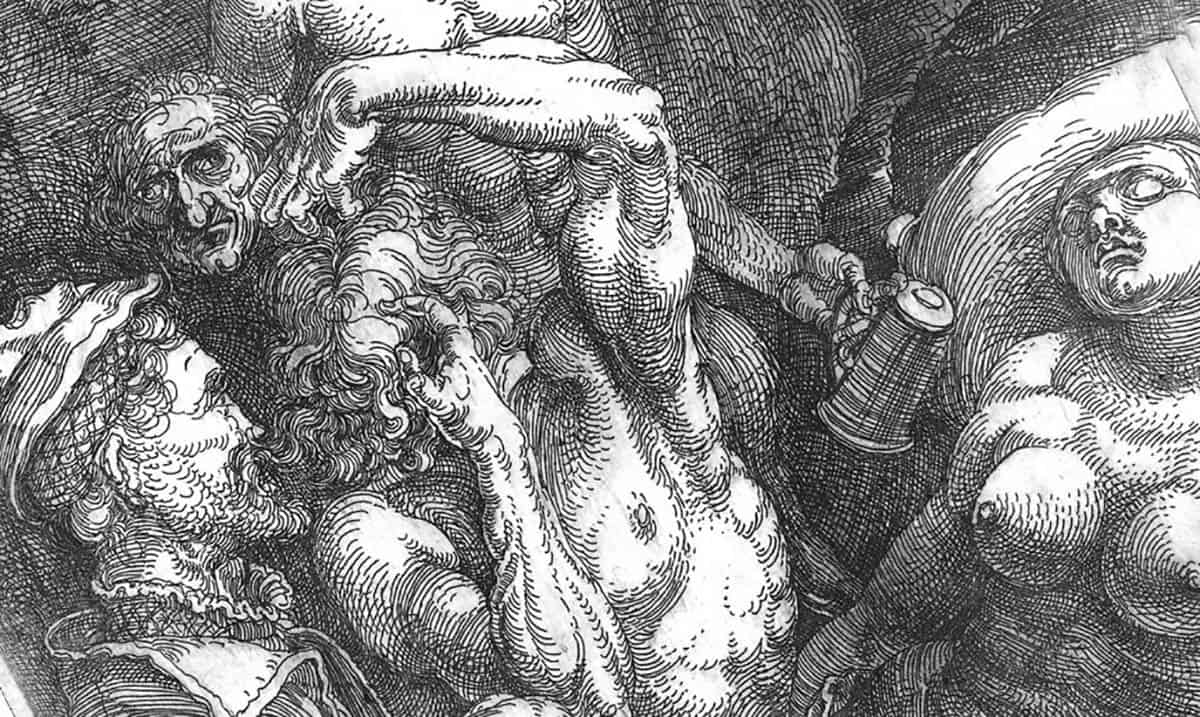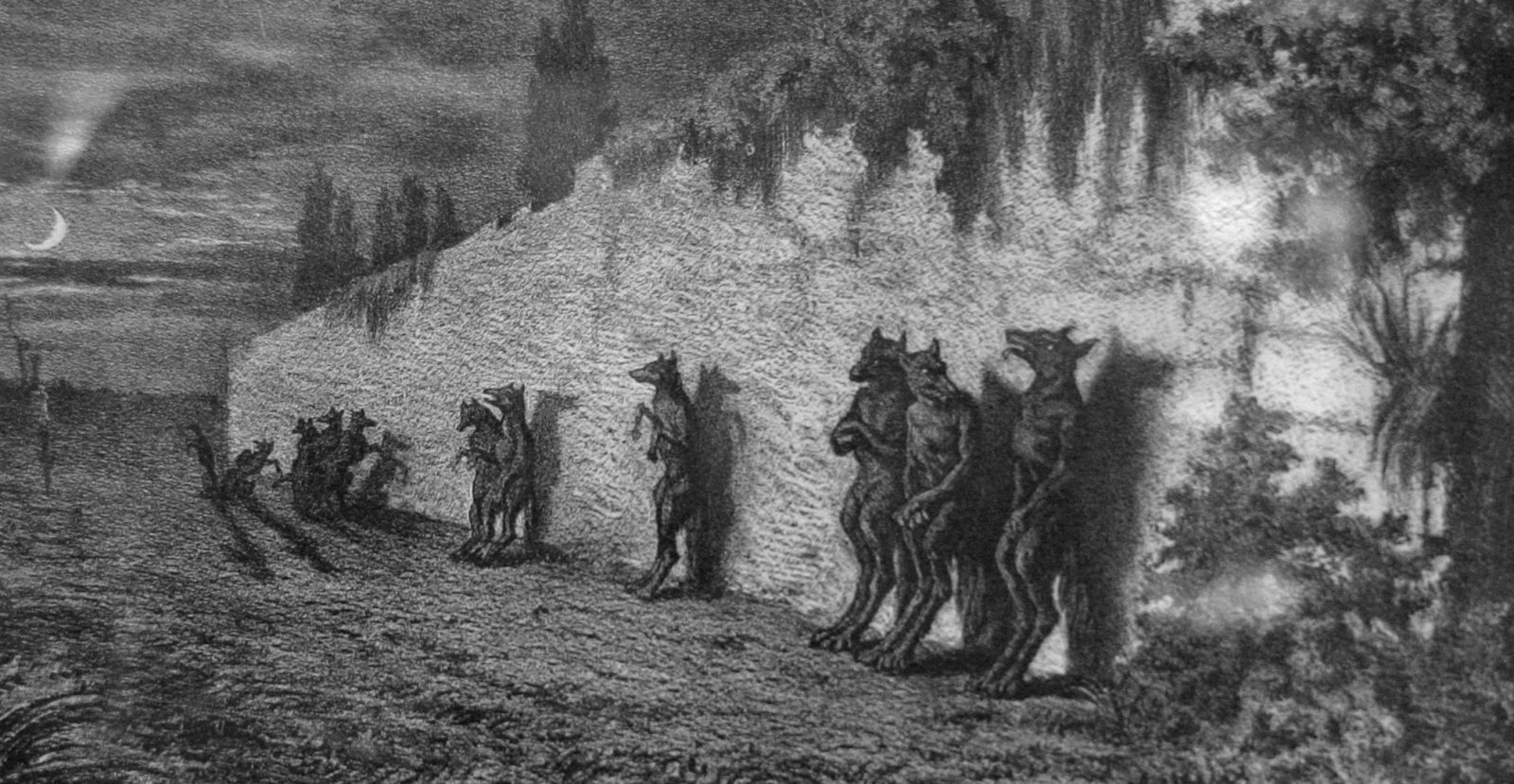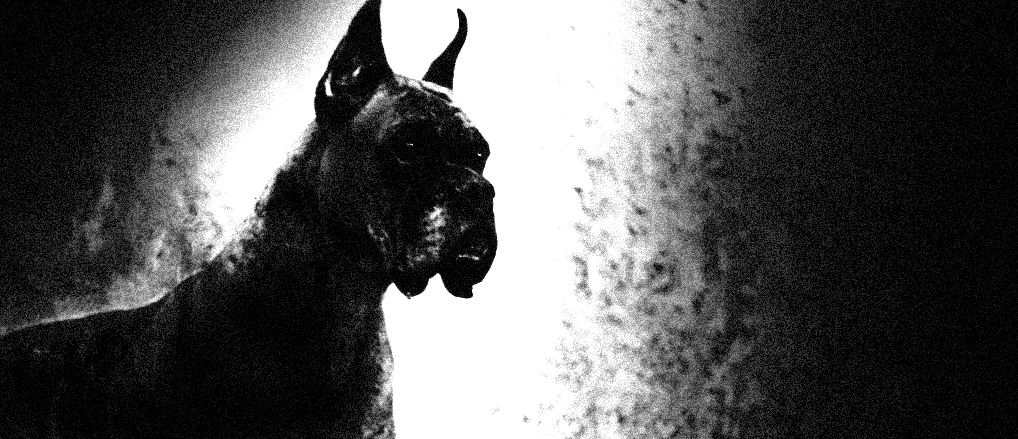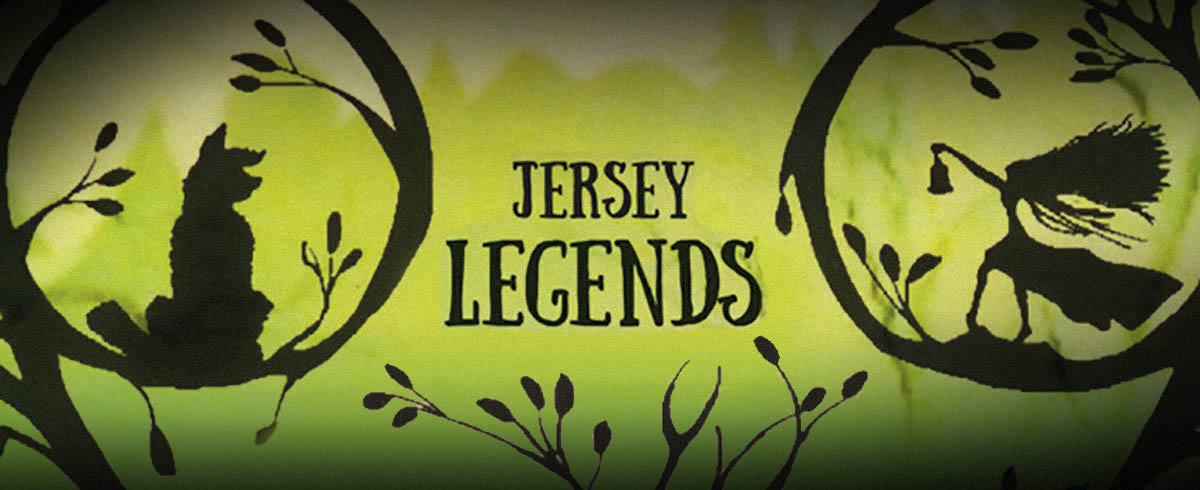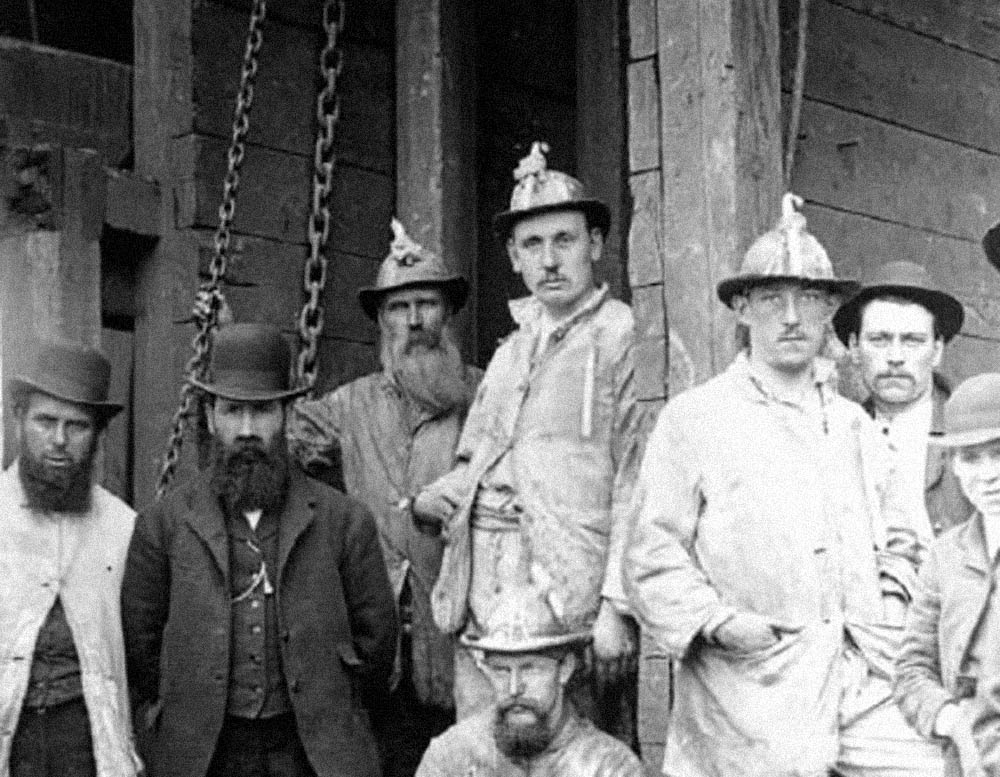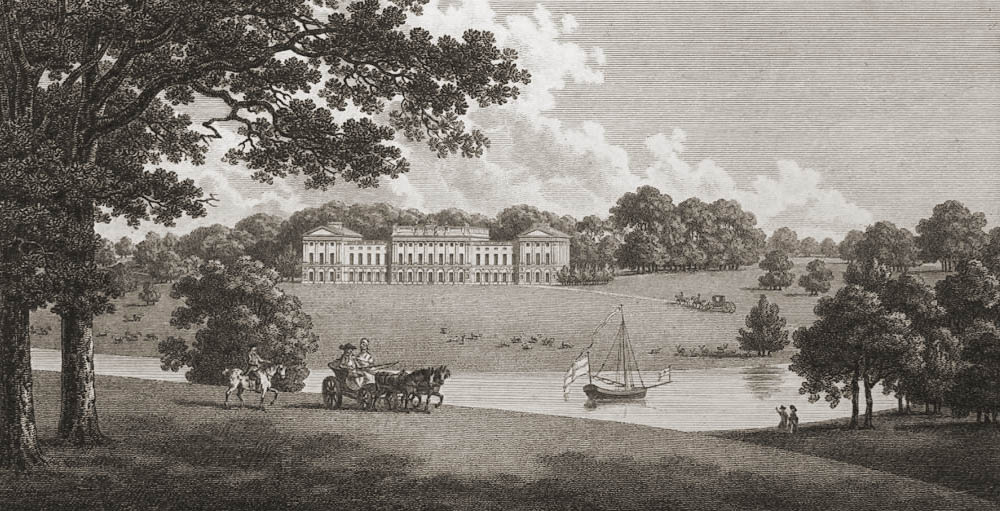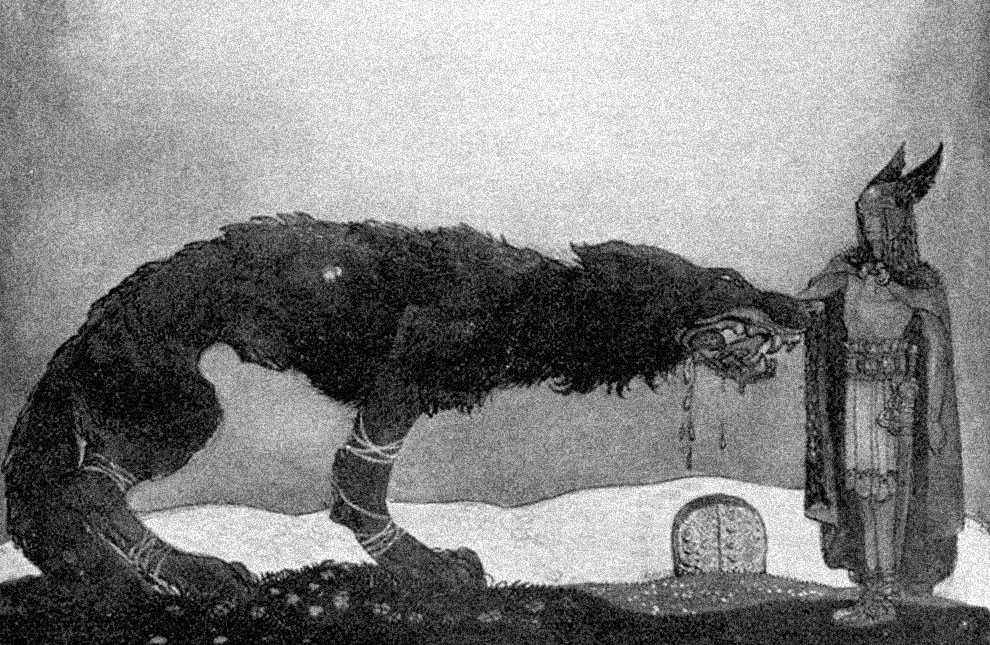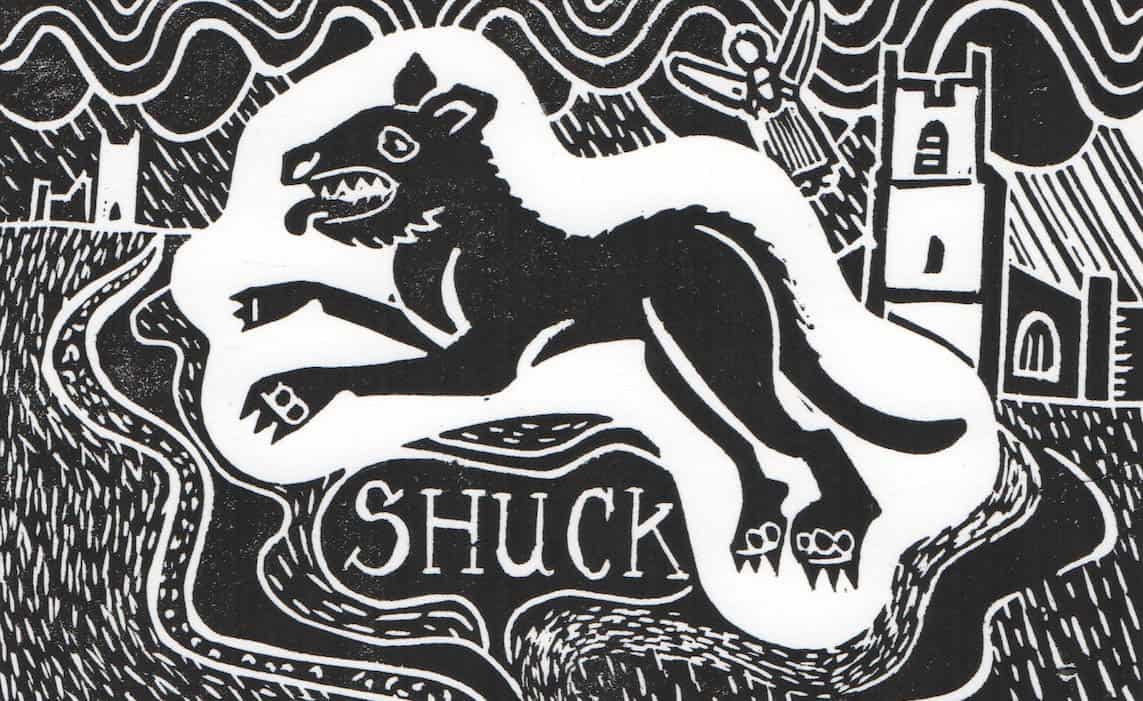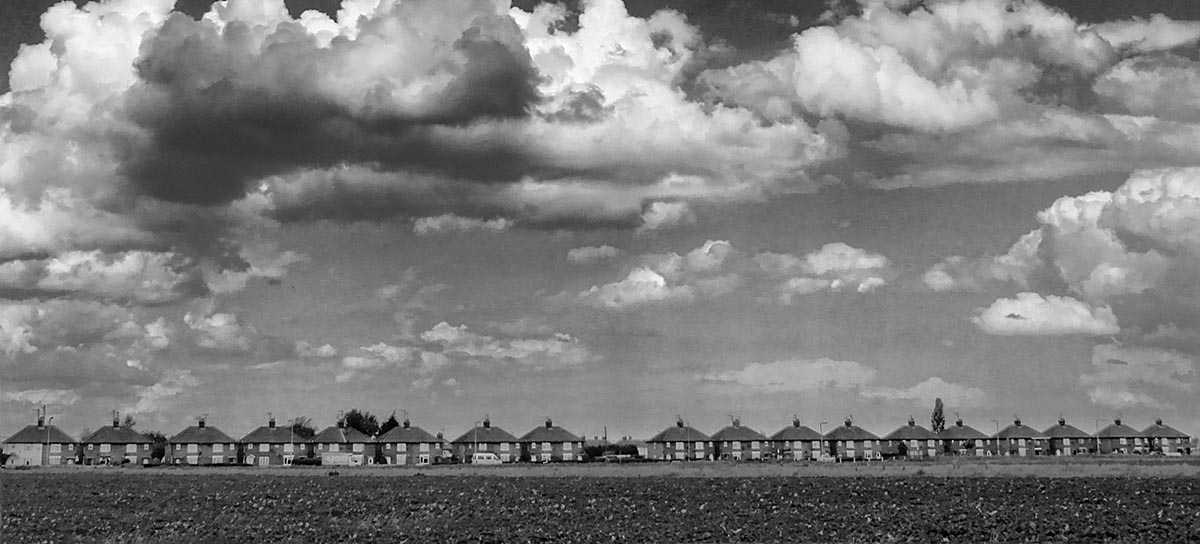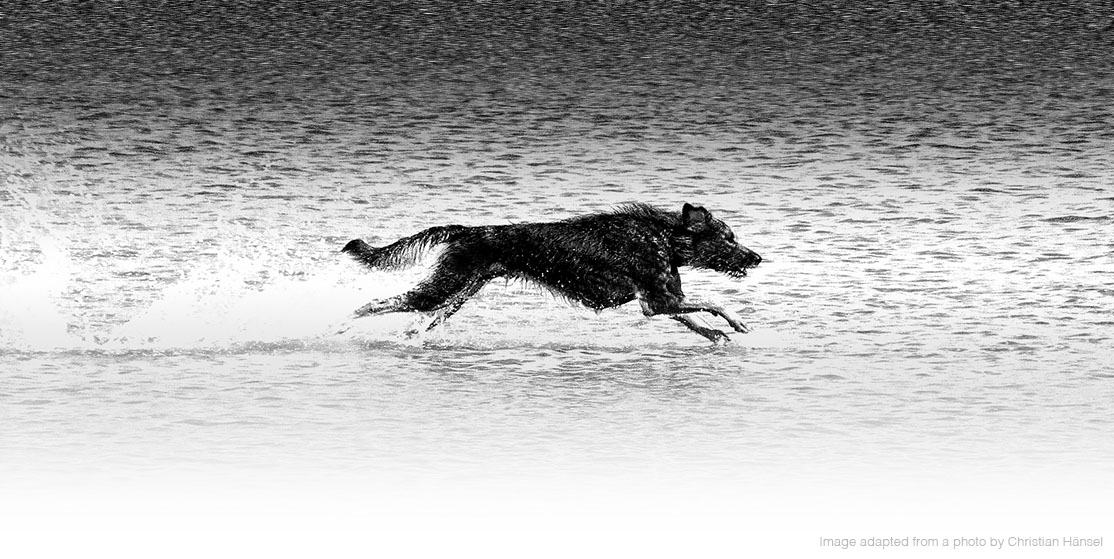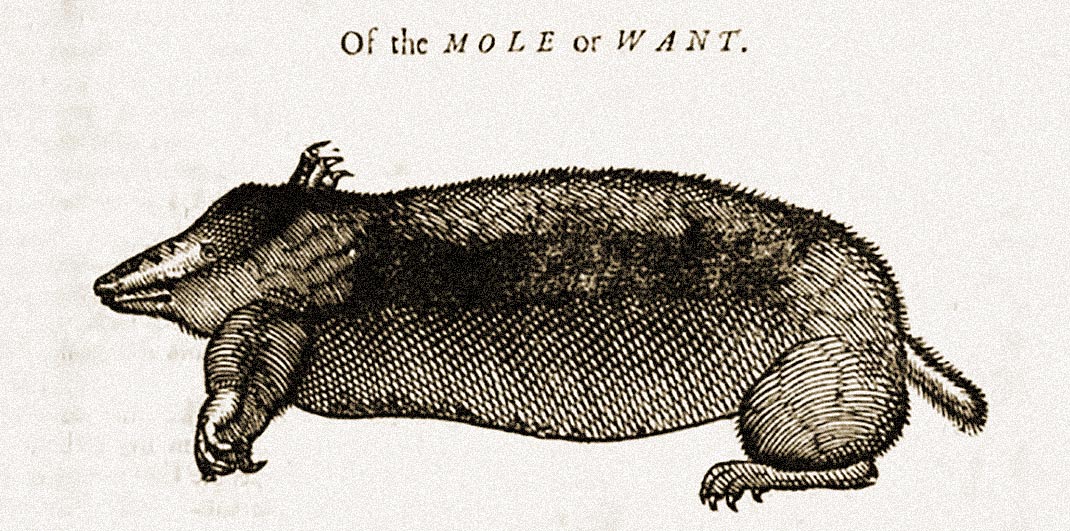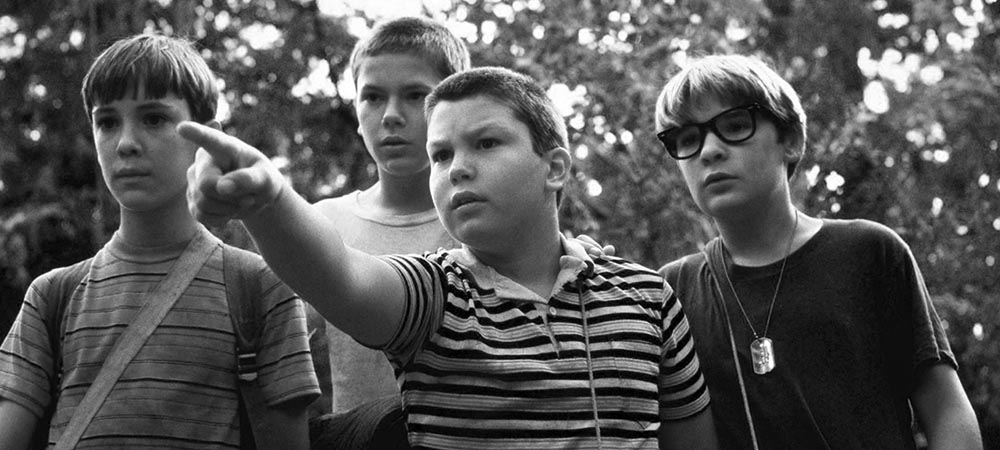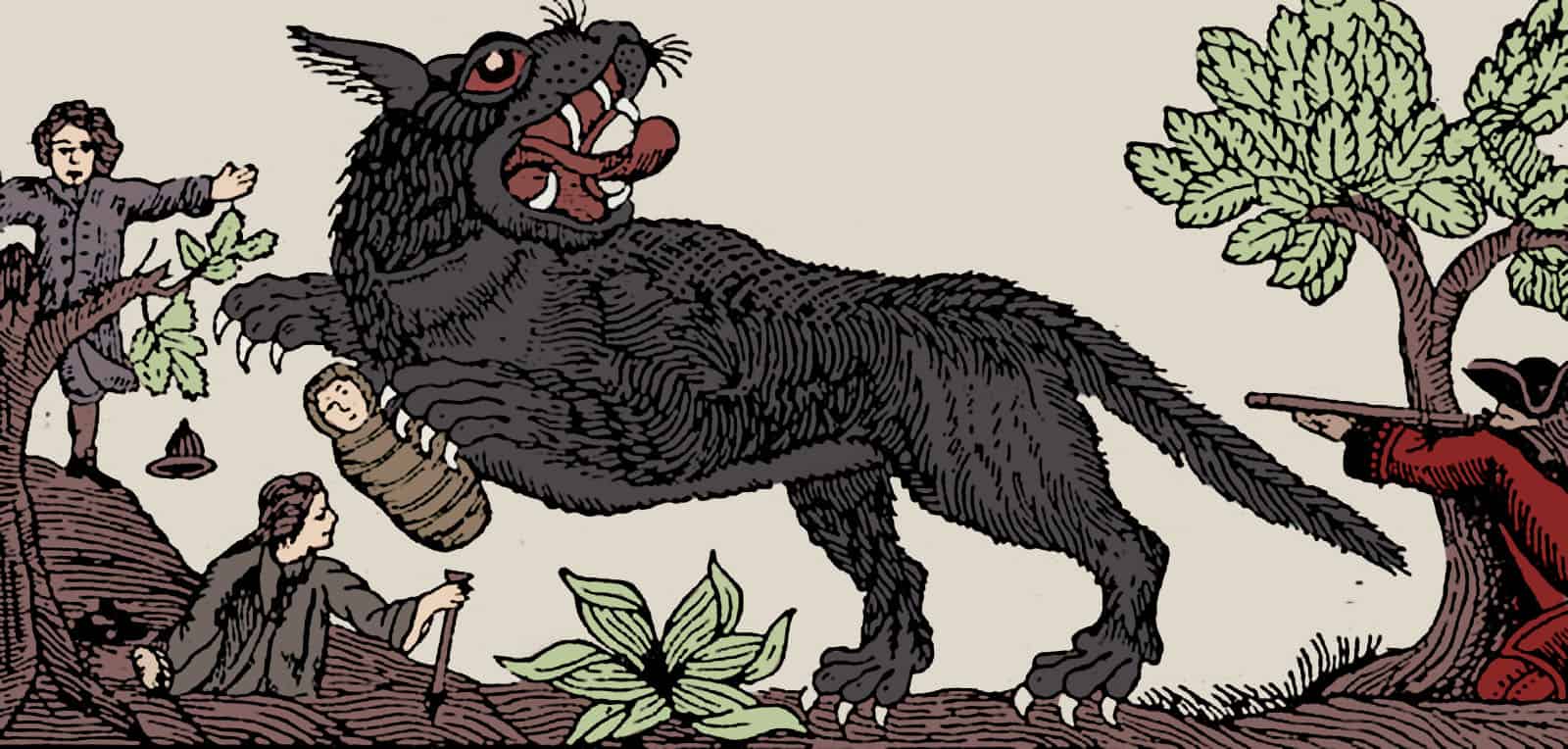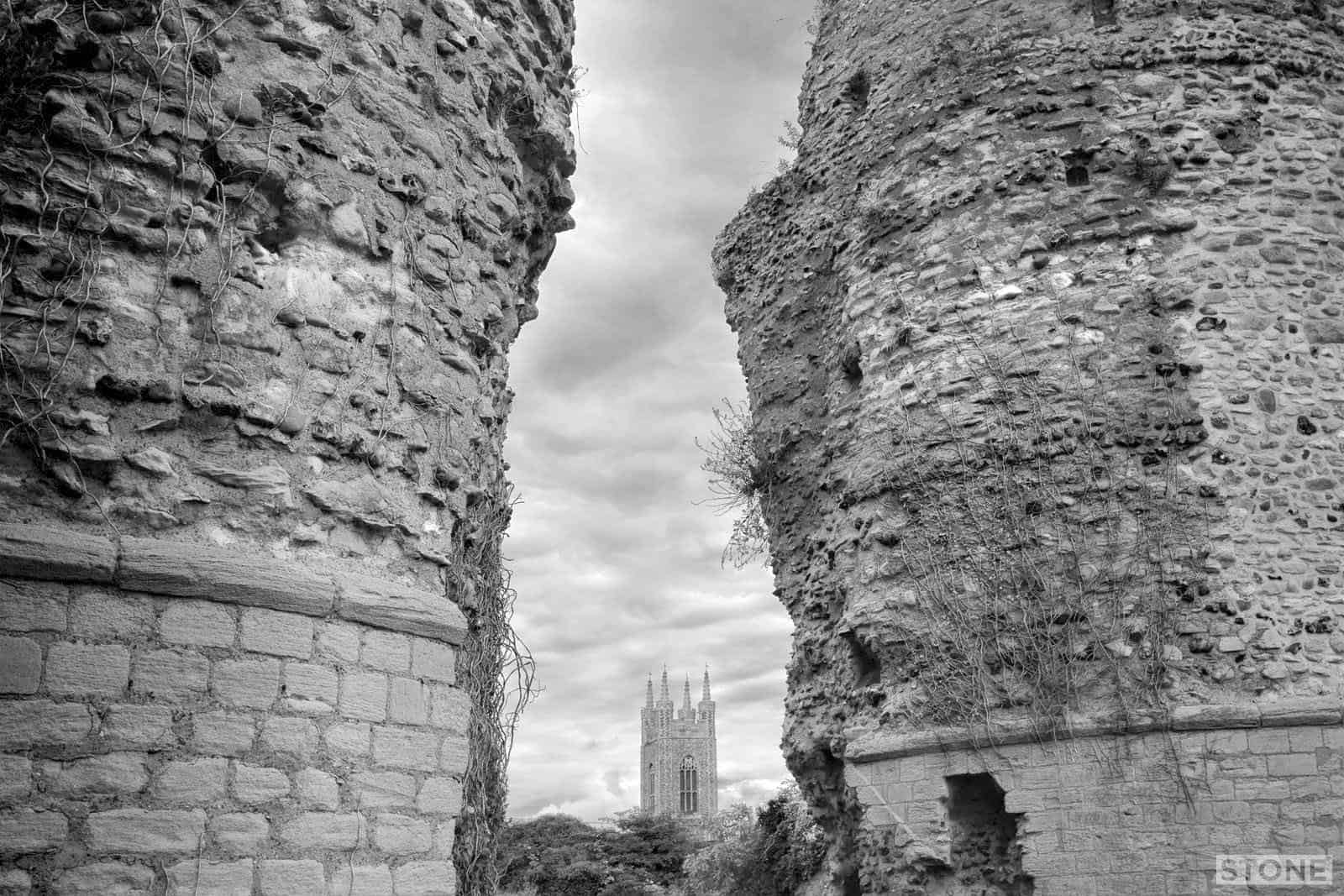
An introduction to Mapping the grim and black dog tales.
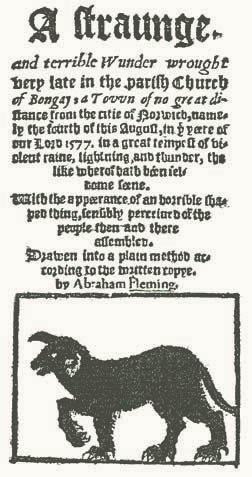 I grew up and live in Norfolk and have a family roots in the area going back nearly as far as the eye of history can see on paper and parchment, We have tilled these fields for centuries, certainly as far as the visible genesis of this cycle of stories. By stories I am referring to those that at least locally surround the appearances of the Black Dog ‘Shuck’ or ‘Shock’. A black shaggy thing which is alleged to roam the highways and byways of our East Anglia and in other mantles can be found across the country dipping in and out of our collective memory, twisting through tales of sailors and witches, troll bridges and gibbets, haunting alleys, lanes, crossroads, bridges, trackways, lanes and cemeteries, either lost and forlorn, or fierce and an equerry of the devil himself. There are at least four cycles of the story in Norfolk alone and many derivatives and subtypes of those exist too.
I grew up and live in Norfolk and have a family roots in the area going back nearly as far as the eye of history can see on paper and parchment, We have tilled these fields for centuries, certainly as far as the visible genesis of this cycle of stories. By stories I am referring to those that at least locally surround the appearances of the Black Dog ‘Shuck’ or ‘Shock’. A black shaggy thing which is alleged to roam the highways and byways of our East Anglia and in other mantles can be found across the country dipping in and out of our collective memory, twisting through tales of sailors and witches, troll bridges and gibbets, haunting alleys, lanes, crossroads, bridges, trackways, lanes and cemeteries, either lost and forlorn, or fierce and an equerry of the devil himself. There are at least four cycles of the story in Norfolk alone and many derivatives and subtypes of those exist too.
He can be a silent companion, a helper, a sign of loss, impending doom, murders, illness. He is mostly huge and shaggy, although is a dachshund in one tale (yes really), has two heads, one head, no head, is human. Has red eyes, yellow eyes, one eye, is black, very occasionally white. He can vanish into thin air, knock someone off a bike but you can drive through him. He can walk through walls, appear in houses, appear from nowhere. Can’t be touched. He is silent, drags a chain, howls like a demon. Instill calm, brings terror, is the size of a Labrador or the size of a horse. Sometimes he exhibits Cynocephaly and drifts into the territory of the Werewolf. Occasionally there’s mor ethan one of him and he drifts into another folklore cycle of the wild hunt. Generally the one who concerns us is shaggy, usually black, is a dog.
In Norfolk and Suffolk he is referred to as Black Shuck or Old Shook, the same is true of North Essex. In some areas of the county he’s Scarfe, Skeff and in Norwich where the dialect softens he’s Skutch on his very rare appearances. Across the country he is the church Grim. In Lincolnshire he is Hairy Jack. Further North in Yorkshire and Lancashire he becomes Guytrash, Gebble Ratchets, but is most commonly a Barghest. His cousins appear at witch Trials. Towards Manchester and Blackburn he is the Pongay. In Scotland he is the Cu Sith. In Eire the folklore streams cross and he becomes part of a pack, the Coinn Iotair. Similarly in the West Country he is part the songline that is the Yesh Hounds. And in Wales hunts with Cwn Annwn and appaers in solitary form as the Gwyllgi where our tales drift into the Mabinogion. He is the Tchen Boddhu of Jersey and Guernsey, Die Roden Ogen of Flanders and Tchen al Tchinne in Wallonia dragging that familiar chain again, into the mountains and forest of Germany he becoems the Roggenwolf. And in Catalonia he is Dip. The folklore has emigrated as far as Nicaragua and South America as El Cadejo. Arguably his ancestral home could be anywhere, from Greece and Cerberus to the Celtic heartlands of Western Europe, he is twined like the strands in string into a rope that holds our mythic heritage together.
What we’re doing
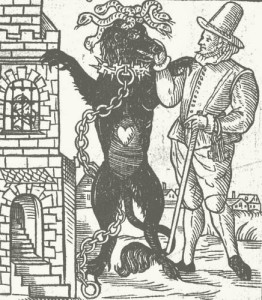 What I hope to do here is pull together a series of stories from guest writers, I Have opened up the map, one that you can add a tale to (see article to the right). The map already exists (Note this was written inJuly 2015), so far we have about 130 incidences, spanning from the fourteenth century right up to present day, So these stretch from the coastline and roads near where I sit now to the Northern heartlands to Yorkshire and Lancashire thanks to Tim Hardy who has already added a few thus ameliorating my pain slightly.
What I hope to do here is pull together a series of stories from guest writers, I Have opened up the map, one that you can add a tale to (see article to the right). The map already exists (Note this was written inJuly 2015), so far we have about 130 incidences, spanning from the fourteenth century right up to present day, So these stretch from the coastline and roads near where I sit now to the Northern heartlands to Yorkshire and Lancashire thanks to Tim Hardy who has already added a few thus ameliorating my pain slightly.
This is a public project, and after a lot of deliberation, I used my usual technique when it comes to decision making, of thinking ‘Ah fuck it, why not’. I’ve opted to launch it via the platform that is Public Archaeology 2015, if you use twitter, you can follow them here. I will be adding a few short blogs about progress throughout August on their website here.
What is Public Archaeology and why haven’t you got a trowel and a cagoule? Well, it’s still about digging, just not holes in the ground, lets dig into the collective psyche and chase some myths, legends and folktales about, we are all ‘The Public’. The time frame is curious as the stories not only date back over a thousand years, they are still being created. History starts now.
I will also be adding more stuff here as will other people. I will also be opening up the Map during the next week. If you want to get in touch have an idea for something, would like to transcribe to the map, want to add a story or blog or just write about the feelz late at night on what might be an Anglo-Saxon trackway, you can email me on info@invisibleworks.co.uk I’ve also left the comments open on the page, so feel free to drop me a message there too. All-comers perpetually welcome wherever and whenever you are from.
The project will continue after the end of August 2015. Currently we will only be dealing with data submissions for The British Isles and depending on responses will then roll it out wider and further and bigger and brighter and so on, perhaps.
And my Shuck; there’s two, the tale of the dog who wanders the North Norfolk coast roads between to masters that I heard as a child, and the one I know now, the twisting eddying story in my head that is my own personal re-mythology of it. But more on that eventually.
Header: detail from Ritter, Tod und Teufel by Albrecht Dürer. Typeface: The most obvious one I could find.
If you have an article, some research or a response to the Folklore, history, incidence or landscape of the Black Dog that you would like to include in the project please get in touch with us by emailing here.
Special thanks to Jess Macdonald and Richard Jeffrey for their assistance with the map, and all the contributors to the project.
Mapping the grim
To find out where Shuck or the black dog roams, or the Wild Hunts crash across the sky near you take a look at the map.
Black Dog Tales: Toby Gill
A fresh guest tale from Nicola Miller of The Millers Tale. A curious story woven by ghosts across the Shucklands of Blythburgh. Suffolk is home to many a curious tale, from the mysterious green children of Woolpit to a mansion which disappears and re-appears in the...
Black Dogs: The Wisht Hunt of Dartmoor
A guest post from Stephen on the nature of the Wild Hunts of Dartmoor. 'The spectre pack which hunts over Dartmoor is called the “wish hounds” and the black “master” who follows the chase is no doubt the same who has left his mark on Wistman’s Wood' – The Quarterly...
The black dog of Peterloo
Guest post from Rosie Garland. A Manchester Encounter, or, The Black Dog of Peterloo From an unpublished and anonymous letter now in the collection of the Portico Library, Manchester. Typography dates it to the first quarter of the nineteenth century. Spelling and...
Black dog tales: From folklore to fiction, Cromer and the landscapes of the Baskervilles
'There is a rumour that...' is a phrase that appears a lot in relation to the genesis of the spectral hound Conan Doyle's The Hound of the Baskervilles and the Black dog or Black Shuck loitering within. A variety of locations lay some claim to the hound, not least...
Black Dog tales: The Hound of St Austell
A guest post from Andrew Macdonald of Waveney Archaeology. Samuel Drew (1765-1833) was a self-taught man of letters; his special interest was metaphysics, which is perhaps why he is little known now. He was apprenticed to a shoemaker and gave the following account of...
The Black Dog of Bouley Bay
A guest post. This is actually an extract from Erren Michaels' new book on Jersey Legends which should be available very soon. It is available to pre-order here on the History Press website. On nights when the black dog roamed the hills of Bouley Bay people would lock...
The Discovery of the Lancashire Witches 1612
Guest post from Tim Hardy. Tim is a graphic designer, illustrator and history boy, he is also resident of the Pendle area. Follows a tale of Black dog as familiar, witches and the trial. Living in the Borough of Pendle, it’s not easy to escape the area’s...
Wheal Vor – black dogs, gunpowder and goose feathers.
Guest post from Andrew MacDonald of Waveney Archaeology. Andrew lives in in South Norfolk Shuck territory, but is currently occupying his waking hours obsessing over tin mines in Cornwall. He does this in between trying to persuade people to stare at bumps in fields...
Sheringham Graffiti
August has whirled by, hardly a breath between the blowing rain and the dry panic of the harvest. Combine harvesters throw their cones of dust over the fields pulling in the barley and wheat, sucking out what remains of the stored sun. We've been busy, fitting...
Black Dogs and Cats in Suffolk
Guest post from Francis Young From Francis Young, regarding Heveningham Hall and Moreton Hall near Bury St. Edmonds. Heveningham is an area of previous alleged sightings in the 1920s which include the mention of a clanking chain, it is one of the archetypal...
Mapping the Grim
This was part of the original intent of the Public Archaeology project (for PA2015) and for me, because data is poetry and maps are fine prose. Due to the nature of my working life; the fact that I'm a bit of a butterfly/battering ram when it comes to how I approach...
Tom Starling: Old Shuck – Salthouse into Kelling
Wonderful piece of Norfolk dialect from a well-spoken North Norfolk chap relating his brief but nervy meeting with Old Shuck just outside Salthouse towards Kelling; one of the various 'two masters' routes that relate to the North Norfolk version of the tale based...
Passing on Black Shuck
Tim Fox-Godden is friend who prints and illustrates, he also originates from the same area of Norfolk as me, he strolls down many of the same psychological byways and holloways as me and occasionally our paths cross. He has produced this rather lovely linocut as a...
Black Shuck of the Fens
Black Shuck of the Fens Guest post: Matthew Champion I have a confession to make. I was born on the edge of the fens. A child of the bleak, flat and desolate waste that sits on Norfolk's western boundary, between 'the Isle' and the cold North Sea. I'm not a true fen...
Physical Graffiti – Jess Macdonald
Guest post from Jess Macdonald From a very early age, I’ve always loved ghosts and ghouls, and long-legged-beasties and things that go bump in the night. Folklore, myths, the supernatural. I’ve never believed any of it, but it’s always exerted a hold on me. I’d plead...
The Mouldwarp King
Like badgers in channels of hypocausts devoid of fire, The Mouldwarps scatter the cairns of our mothers, And the bogs hold our fathers pinned to wicker.[1] The mole is an ‘earth-thrower’ - a mouldywarp, molywarppe, moudiwarp, mouldwarp, moldwarp. The collision between...
The Black Dog of Sculthorpe Moor
Guest post by Nick Headland A couple of Black dog tales, neither experienced first hand which is more-or-less how Folklore works and how it evolves. So much so that Nick pointed out in his message that if he asked the other people involved now the story would change,...
Black Dog lore of the North York Moors
Guest post: Martyn Hudson, Newcastle University The North York Moors of North East Yorkshire are well known for their witch folklore and for lore around hybrid human and animal beings including the witch-hares of Danby Dale, Westerdale and Farndale, mermen and women...
The Halvergate Shuck
Guest post from Nigel Thorpe There's nothing quite as strange and good as a tale from the horses mouth, someone you know who has encountered, done, or experienced something. Nigel bumped into Shuck at the very start of the millennium. This story serves to show what a...
Black dog tales: Bungay’s Black Shuck
"There were assembled at the same season, to hear divine service and common prayer in the parish church of Bongay, the people therabouts inhabiting. Immediately hereupon, there appeared in a most horrible similitude and likenesse to the congregation then and there...

